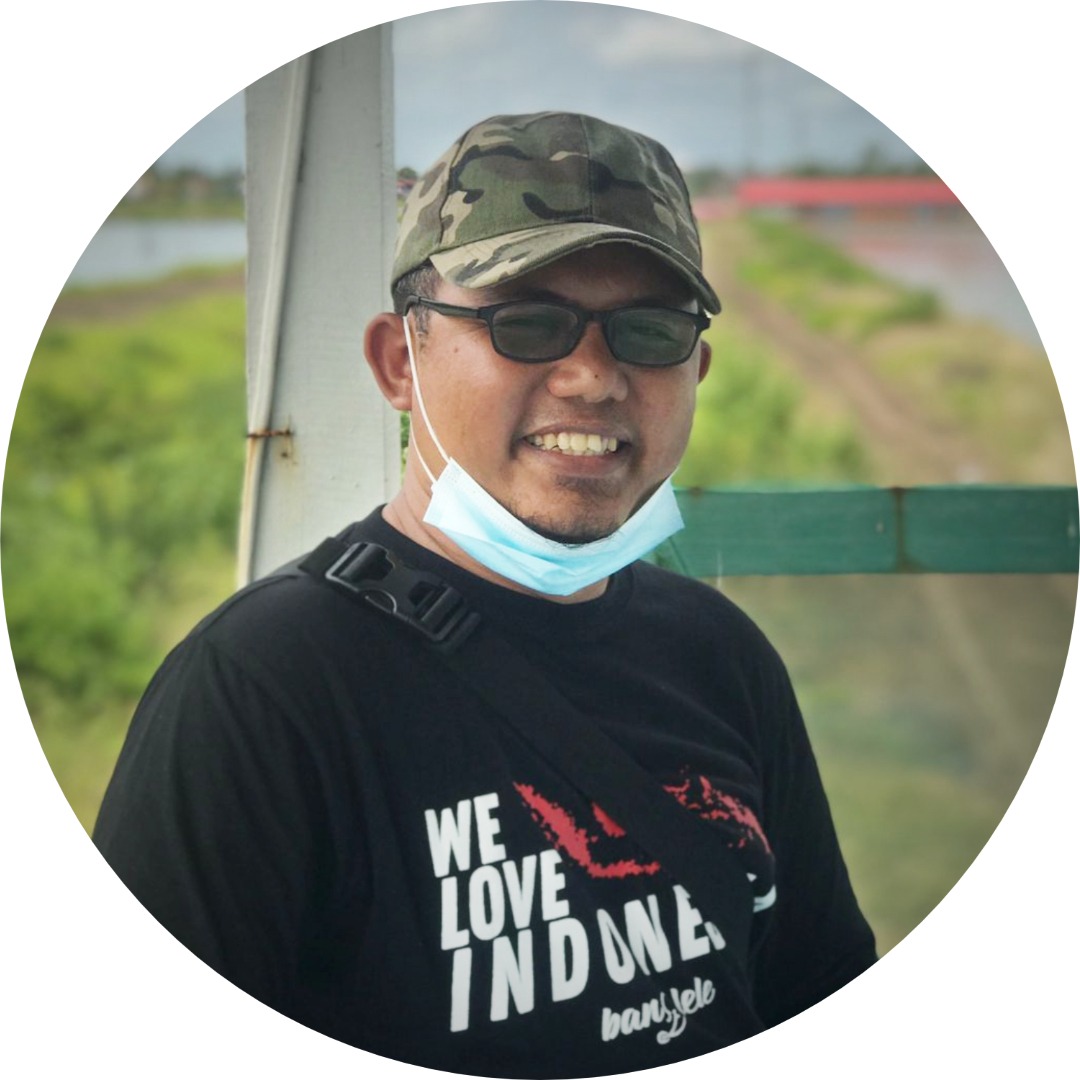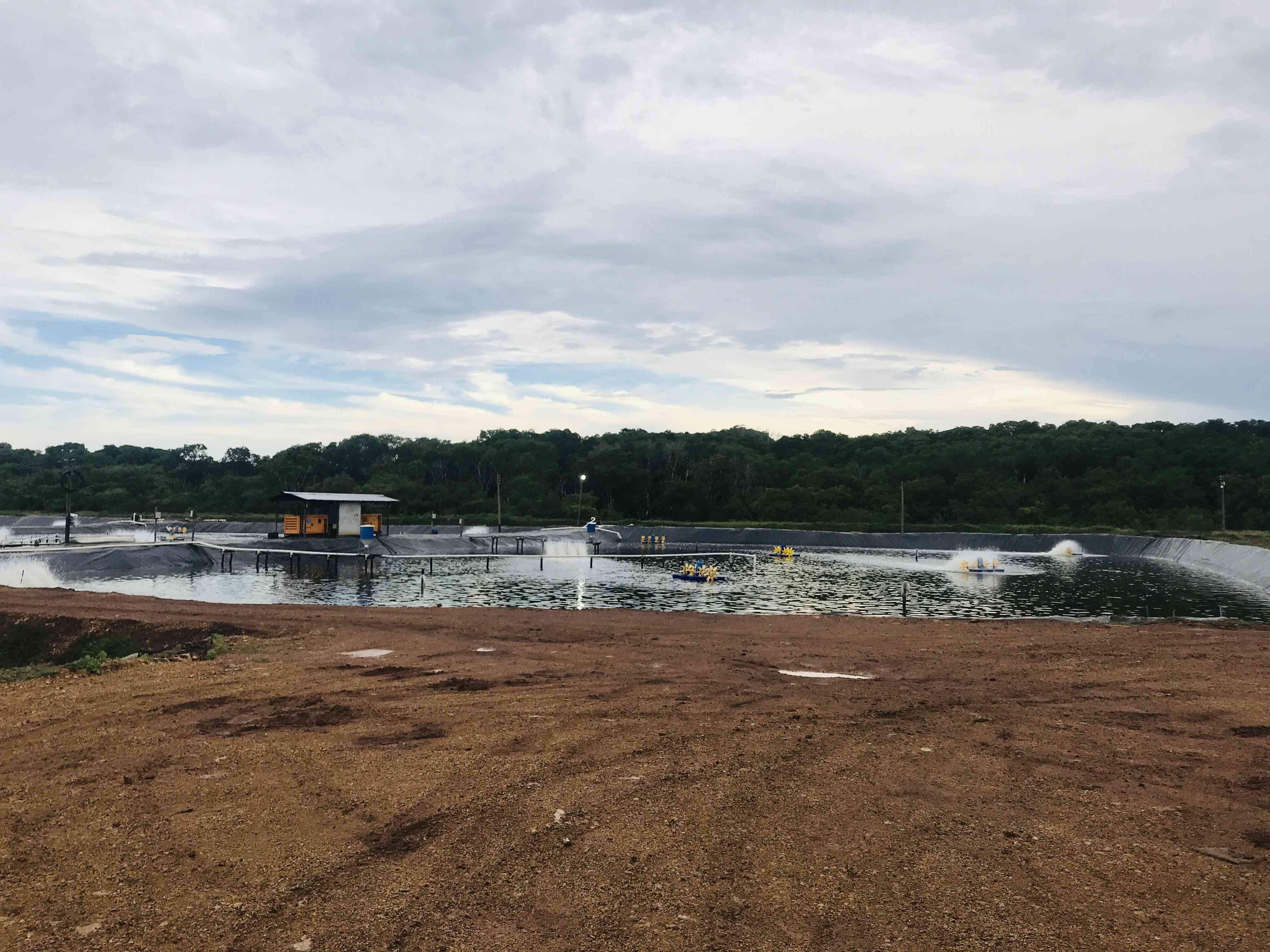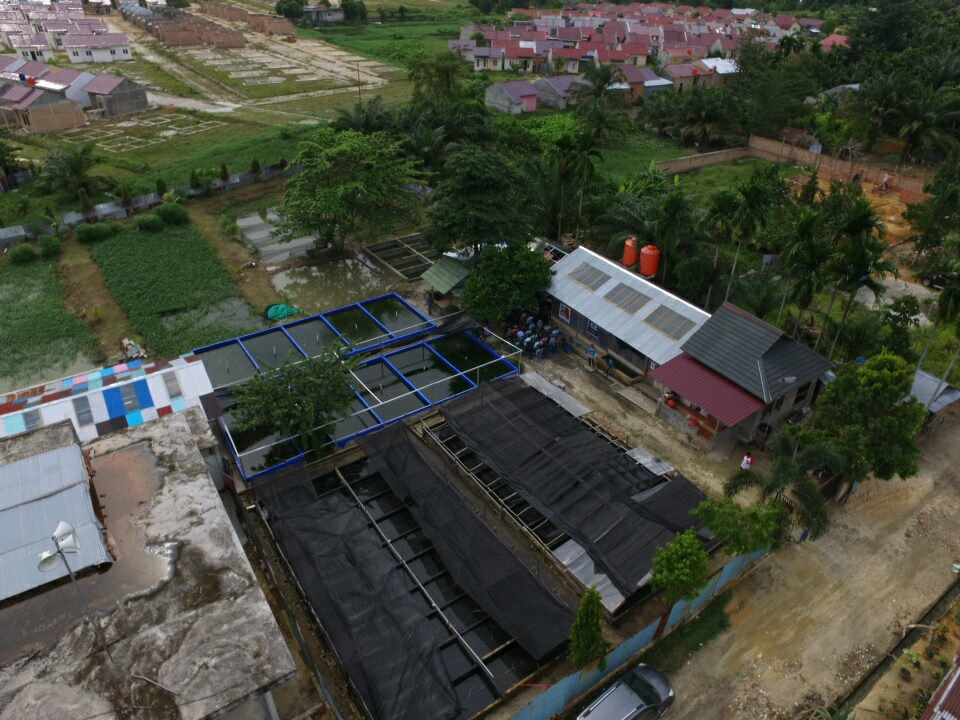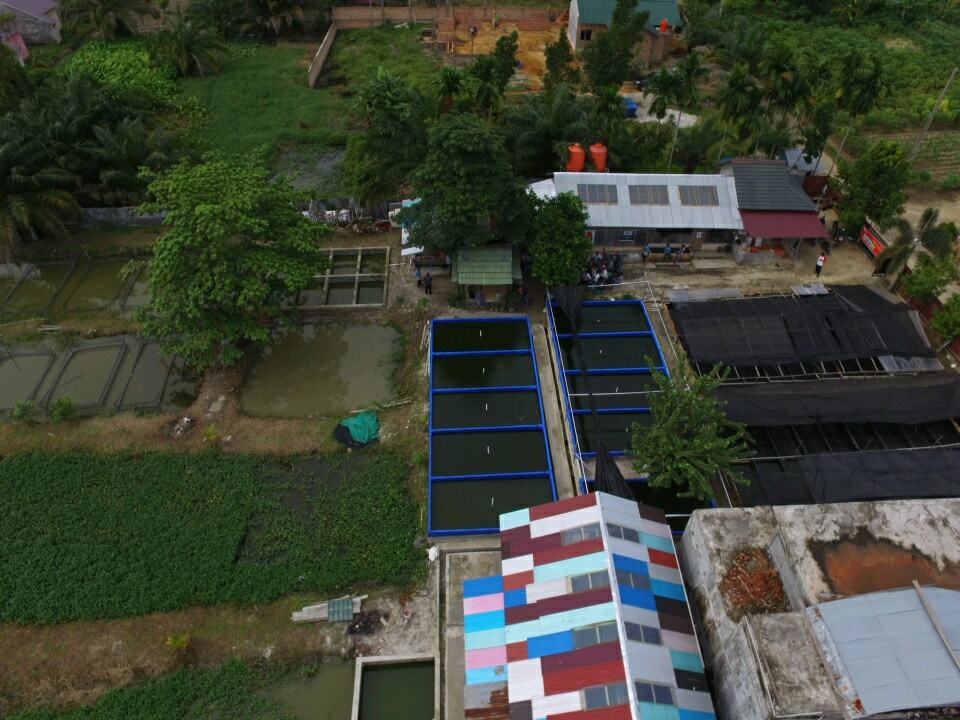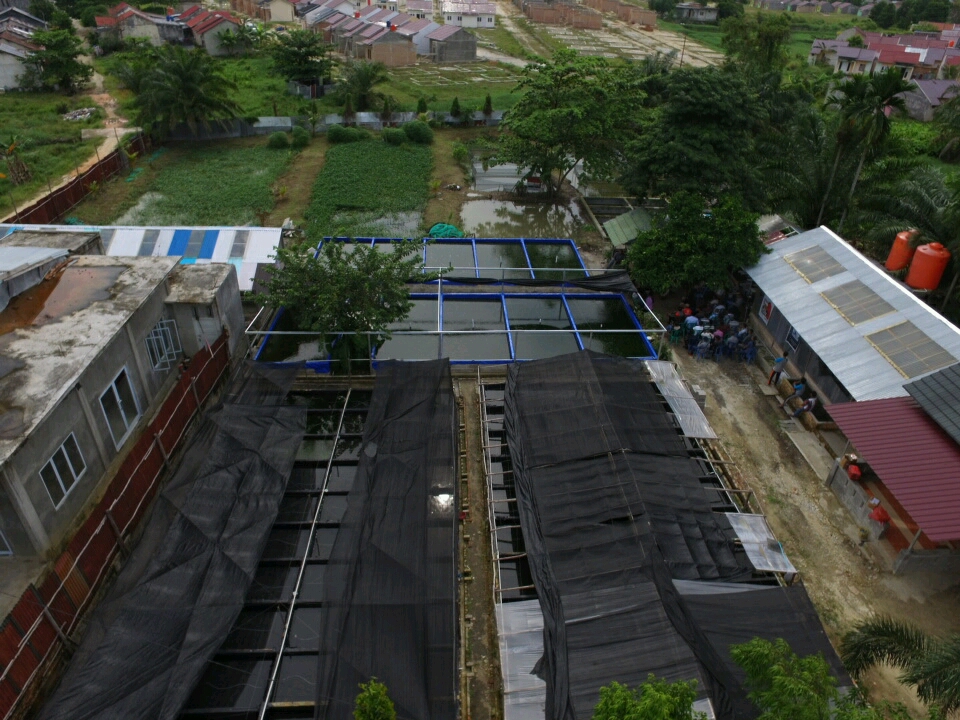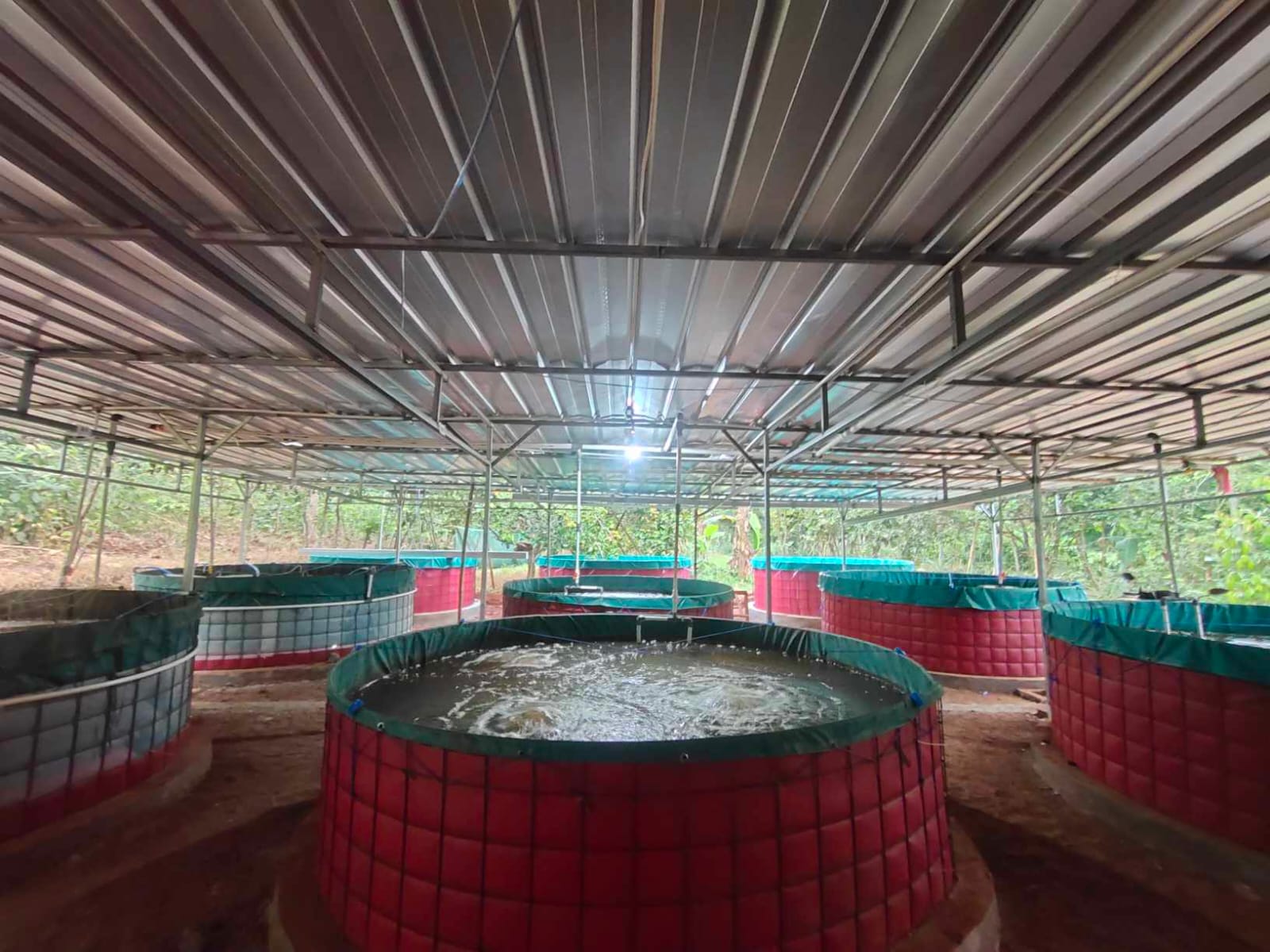The cultivation of whiteleg shrimp, Litopenaeus vannamei, has emerged as one of Indonesia's most prominent aquaculture ventures. This species is favored for its rapid growth, tolerance for high stocking densities, and consistently rising market demand. According to data from the Ministry of Maritime Affairs and Fisheries (KKP), vannamei shrimp constitute over 70 percent of the nation's total shrimp production, with annual export volumes exceeding one million metric tons.
The high value of vannamei shrimp in both domestic and export markets establishes it as a critical source of foreign exchange for the country. In 2023, the value of Indonesia's shrimp exports surpassed $2 billion USD, a figure dominated by this species. Key export destinations include the United States, Japan, and several European nations, all of which mandate high and consistent product quality standards.
However, behind the promising opportunities lies a complex operational reality. The path to a successful harvest is fraught with challenges, including disease outbreaks, fluctuating water quality, and the intricate management of feed and technology. Without adequate technical knowledge and diligent oversight, failure rates in vannamei farming can reach as high as 30 to 50 percent. To mitigate these risks, prospective and current farmers must pay close attention to several critical factors.
1. The foundation: high-quality water sources
Water is the most fundamental element in shrimp cultivation, as their entire life cycle—from larva to post-larva to adult—unfolds within it. Poor water quality directly impacts shrimp health, increasing susceptibility to disease and the risk of mass mortality.
A suitable water source for a vannamei shrimp farm must meet several key criteria. First, salinity should be maintained within a stable range of 15–25 parts per thousand (ppt). Consistent salinity is vital for the shrimp's osmoregulation process, which allows for more efficient energy use and optimal growth.
Water temperature is another critical parameter. The ideal temperature range for vannamei shrimp is between 20°C and 30°C (68°F to 86°F). Water that is too cold or too warm can negatively affect the shrimp's appetite and weaken their immune systems.
The pH level must also be carefully managed, kept stable between 7.5 and 8.5. Improper or unstable pH can induce stress, leading to a compromised immune response.
Furthermore, water clarity and color, aspects often overlooked by farmers, play a significant role in maintaining the pond's ecosystem. Optimal water clarity, which reflects a healthy plankton population, is crucial. An ideal turbidity level, measured with a Secchi disk, is between 20 and 40 centimeters (approximately 8 to 16 inches). A balanced plankton community provides a natural source of oxygen through photosynthesis and serves as a supplementary food source, especially for young shrimp that rely heavily on natural feed.
2. Choosing the right pond system
Selecting the appropriate type of pond is a determinative factor in vannamei shrimp farming, guided by the farmer's available capital, desired scale of operation, and technical expertise. Generally, four types of ponds are utilized: traditional (extensive), semi-intensive, intensive, and super-intensive. Each presents a unique balance of advantages, challenges, and management requirements.
Traditional (Extensive) ponds rely on simple husbandry methods that maximize natural conditions. Stocking density is low, typically ranging from 3,000 to 8,000 shrimp per hectare (approx. 1,200 to 3,200 per acre). The advantages of this system include a lower risk of disease and significantly reduced operational costs. However, its productivity is limited, resulting in modest harvests. This system is often preferred by beginners or farmers with limited capital.
Semi-intensive systems offer a step up for farmers seeking to increase their yield. Here, stocking density is raised to between 10,000 and 20,000 shrimp per hectare. Consequently, management becomes more involved, requiring the introduction of formulated feed and more rigorous monitoring of water quality and circulation to support optimal growth.
Intensive ponds are characterized by modern supporting infrastructure. The pond bottom is often lined with materials like high-density polyethylene (HDPE) plastic to prevent soil erosion and simplify water quality control. These ponds are generally deeper, exceeding 1 meter (approx. 3.3 feet), and support a higher stocking density of 20,000 to 50,000 shrimp per hectare.
Intensive shrimp farming demonstration pond in Buol Regency, Central Sulawesi: BKIPM Tolitoli
Super-intensive farming represents the pinnacle of high-density aquaculture technology, with stocking rates exceeding 50,000 shrimp per hectare. This approach demands substantial investment in equipment, particularly a large number of aerators or paddlewheels to ensure a constant and stable supply of dissolved oxygen. The pond depth is also increased to around 2.6 meters (approx. 8.5 feet) to provide adequate space, thereby reducing the stress associated with such high densities.
3. Managing dissolved oxygen: the breath of the pond
The availability of dissolved oxygen (DO) in an aquaculture pond is a vital factor that directly governs the survival and growth of vannamei shrimp. Shrimp depend on a steady supply of oxygen for respiration, the process that fuels their metabolism and normal bodily functions. Beyond the shrimp themselves, oxygen is also crucial for the various decomposer microorganisms at the bottom of the pond, which work to break down waste products like leftover feed and feces into harmless compounds.
When DO levels in the water fall too low, the risk of accumulating toxic gases such as ammonia and hydrogen sulfide increases dramatically. These gases can impair the shrimp's respiratory system and, in severe cases, lead to mass mortality. The most dangerous period for DO depletion typically occurs at night. During these hours, photosynthesis by plankton ceases, cutting off a primary natural source of oxygen and causing the overall supply to drop significantly.
To maintain stable DO levels, farmers commonly employ mechanical aerators or paddlewheels. These devices work by agitating the pond water, ensuring it circulates evenly and allowing oxygen from the atmosphere to be distributed throughout the entire water column. The strategic placement and number of aerators are critical and must be carefully calibrated to the pond's surface area and the density of the shrimp stock, ensuring an adequate oxygen supply reaches every corner of the environment.
4. Fueling growth: feed selection and management
Feed represents the single largest expense in vannamei shrimp cultivation, often accounting for more than 60 percent of total production costs. Consequently, the selection of high-quality feed must be a meticulous decision to ensure the investment yields a proportional return at harvest. Quality feed supports faster, healthier, and more uniform growth, which in turn enhances the market value of the final product.
One of the most important nutritional components to consider in shrimp feed is its protein content. Protein serves as a primary source of energy and is the building block for the shrimp's body tissues. Feeds with a higher protein content often have a more attractive aroma, which can help stimulate the shrimp's appetite. However, an excessively high protein level can introduce a new problem: elevated ammonia concentrations in the water, resulting from uneaten feed and the decomposition of protein-rich waste.
Feeding of vannamei shrimp: BRPBAPPP Maros
As a practical guideline, a feed with a protein content of approximately 30 percent is generally sufficient to meet the nutritional needs of vannamei shrimp during their main grow-out phase. This level offers an ideal balance, promoting steady growth while minimizing the environmental impact of waste, thereby helping to preserve the pond's water quality. In addition to protein, farmers must also consider the quality of the feed's raw materials, its digestibility, and its shelf life.
Beyond selecting the right product, the method of feeding is equally important. To prevent waste, feed should not be administered excessively. The best practice is to distribute feed several times a day, with the dosage adjusted according to the age and average weight of the shrimp population. This careful management ensures the shrimp are well-nourished without overloading the aquatic system with unused nutrients.





